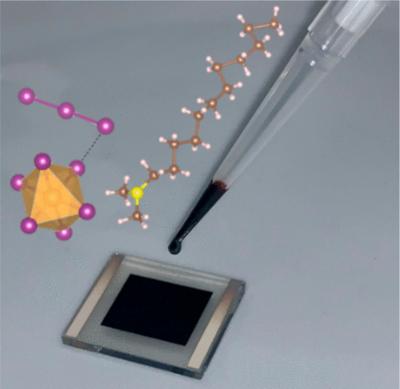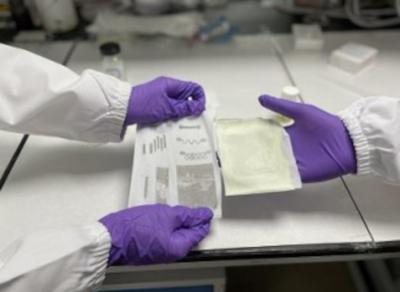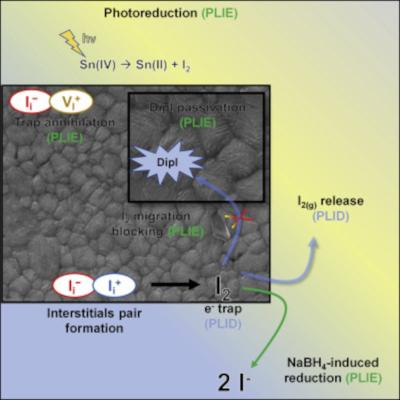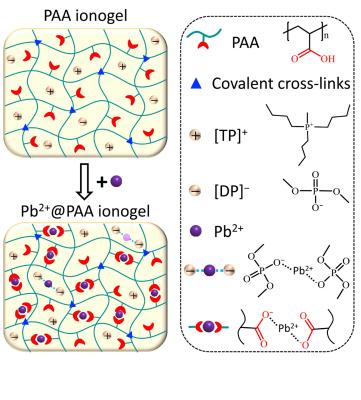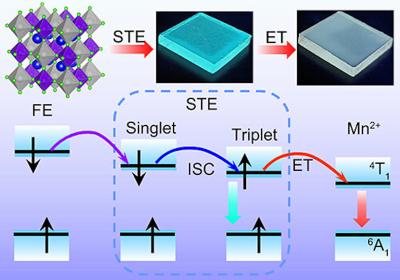Researchers examine interfacial interactions of lead-free perovskites for efficient hydrogen production
A research team from City University of Hong Kong (CityU), Curtin University, National Taiwan University, Huazhong University of Science and Technology, Nankai University and Polish Academy of Sciences recently developed a lead-free perovskite photocatalyst that delivers highly efficient solar energy-to-hydrogen conversion.
The team unveiled the interfacial dynamics of solid-solid (between halide perovskite molecules) and solid-liquid (between a halide perovskite and an electrolyte) interfaces during photoelectrochemical hydrogen production. The latest findings open up an avenue to develop a more efficient solar-driven method for producing hydrogen fuel in the future.


